A growing number of American distillers are turning out quality expressions of spirits beyond bourbon, including gins, vodkas, and even brandies and sotols. Here are a few new bottles to add to your home bar.
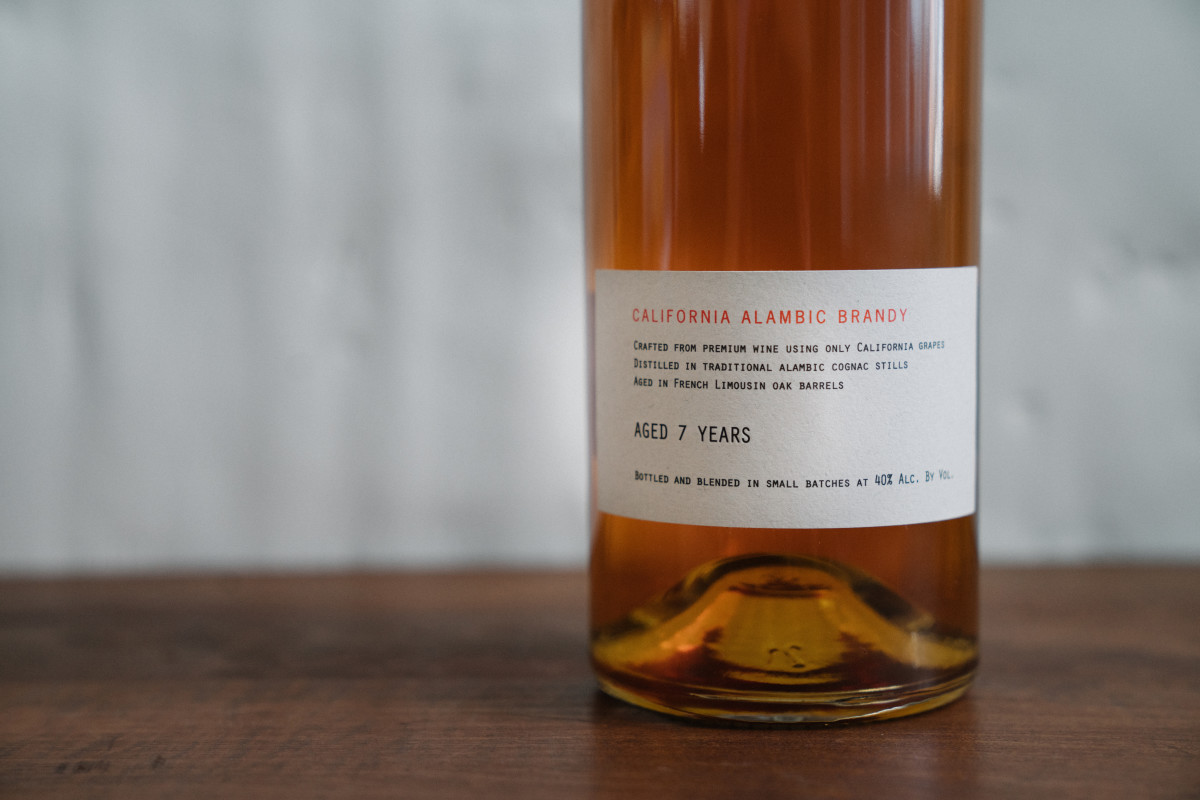
Germain-Robin California Alambic Brandy
“Brandy’s been on the back burner a long time,” says Germain-Robin Ambassador and Master Sommelier Eric Entrikin. Fortunately, that’s no longer the case. Distilled largely from Mendocino, CA-grown Colombard grapes—with a few other varietals like Pinot Noir, Riesling, and Sémillon thrown in for added flavor and structure—Germain-Robin’s flagship brandy provides a promising glimpse of what American brandy can be in the hands of dedicated producers: fruity, structured, and nuanced. “For the alambic, we really want to let the fruit component come out,” Entrikin says, and they’ve done so, with flavors of apple, pear, dried apricot, peach, and honeysuckle underpinning rich barrel notes of vanilla and brown sugar. Lovers of fruitier, speyside-style whiskies, lighter cognacs, or both will also be lovers of Germain-Robin.
[$75; dandm.com]
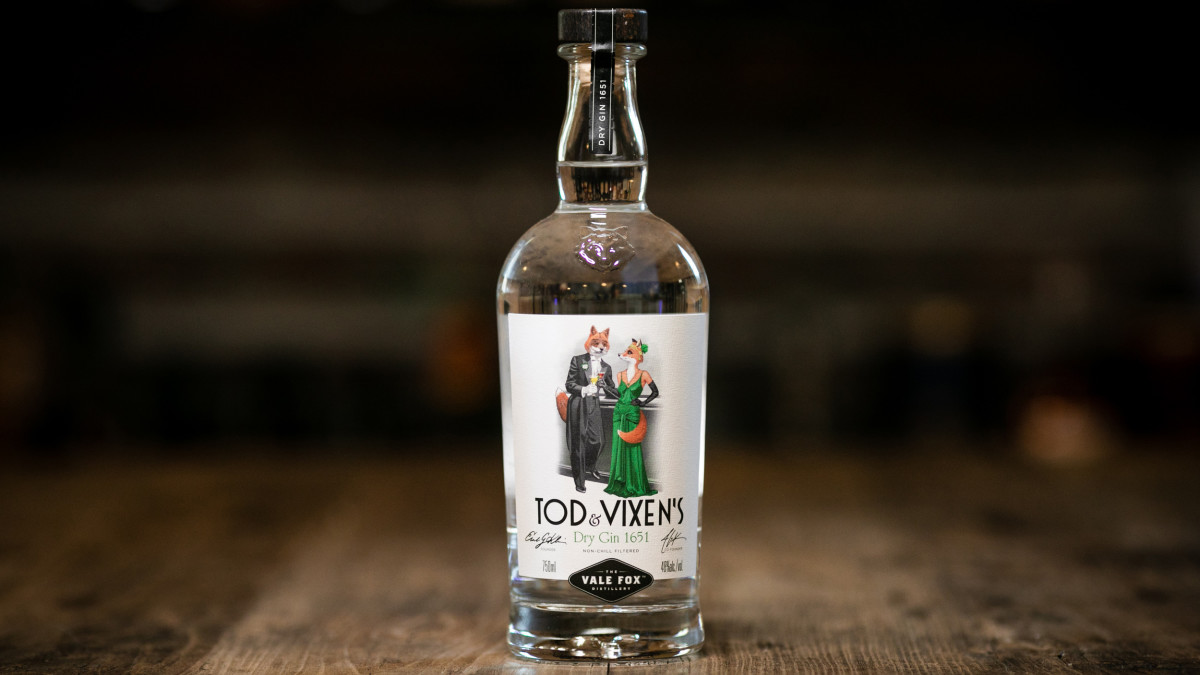
Tod & Vixen’s 1651 Dry Gin
Produced just up the Hudson River from New York City in Poughkeepsie, N.Y., Tod & Vixen’s grew from a collaboration between a handful of revered bartenders—Gaz Regan, Leo Robitschek, and Jeffery Morganthaler—aimed at developing a gin specifically for use in cocktails. The resulting bottle succeeds, packing the typical top notes of juniper and herbaceous botanicals alongside orange peel, coriander, angelica root, tea leaf, and a pronounced lime citrus. You can sip this neat or with tonic if you want to, but tools are most effective when used as designed. For best results: Let Tod & Vixen do the heavy-lifting in your spirit-forward gin cocktails.
[$48; caskers.com]
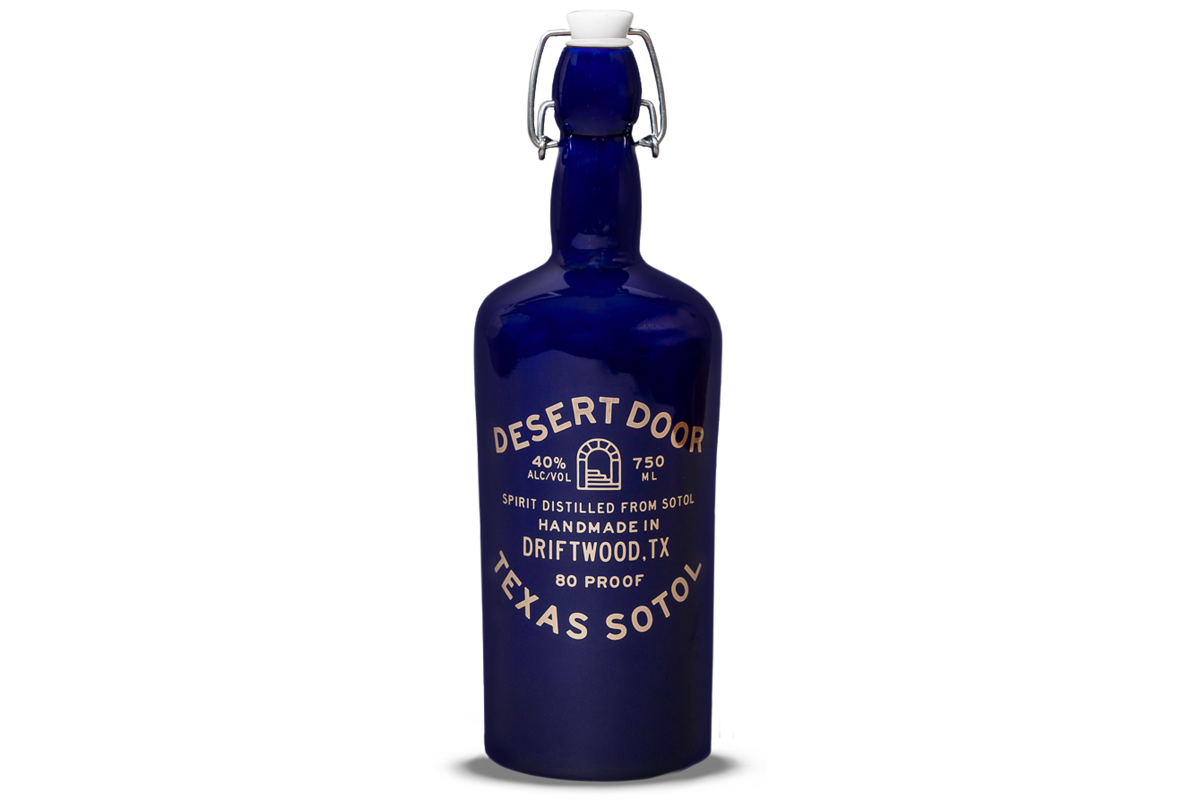
Desert Door Texas Sotol
Sotol is often talked about in the same conversations as Tequila and Mezcal, but it’s important to note that it’s neither. Mezcals (and tequilas, which are mezcals) are made from agave, whereas sotol is made from, well, sotol. Sotol grows wild across northern Mexico as well as in parts of Arizona, New Mexico, and Texas, and while the spirit of the same name largely originates with distillers in Mexico’s Chihuahua State, a small distillery in Driftwood, TX, began turning out distinctive blue bottles of the stuff a few years ago. Grassy, herbal, vegetal, with a burst of bright peppercorns on the finish, it’s something you could sub into tequila cocktails, but it’s almost a shame to lose the rawness of a spirit that really captures its place of origin in the glass. We recommend sipping neat—maybe with a small splash of water—to fully appreciate this spirit.
[$40; drizly.com]
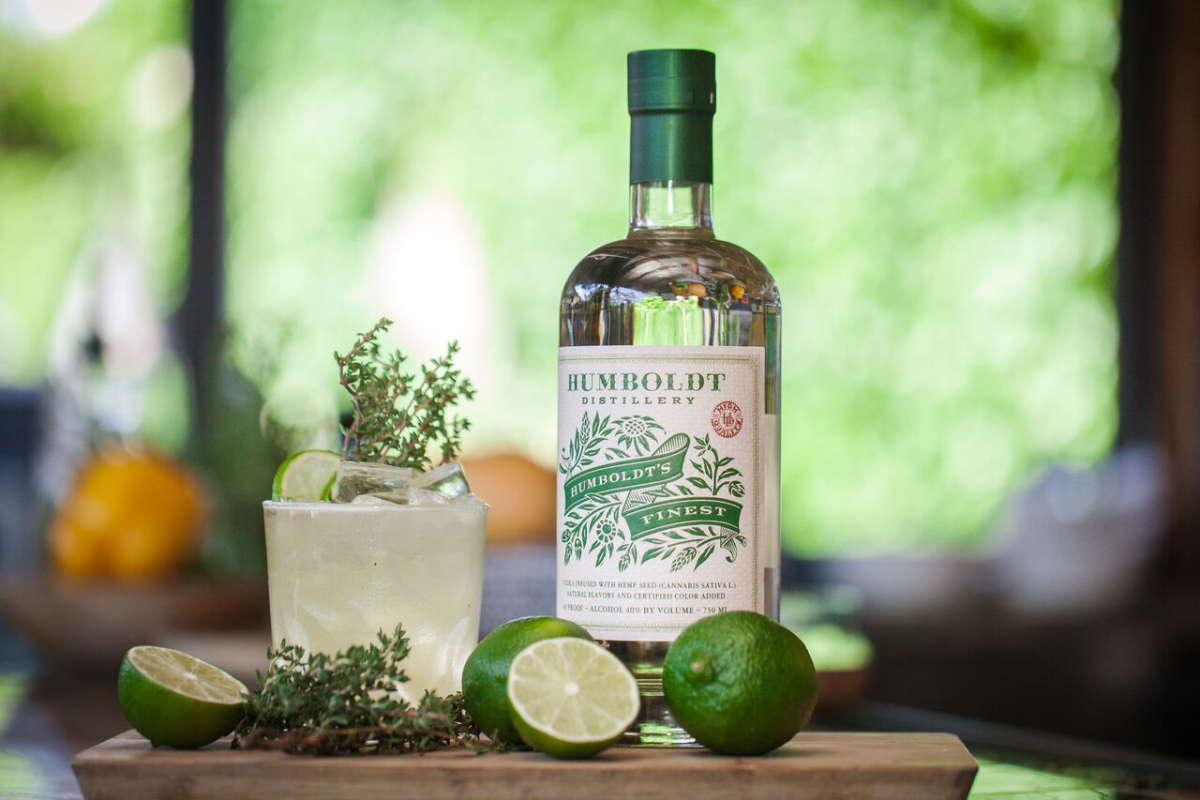
Humboldt’s Finest Hemp Seed-Infused Vodka
Important up-front disclosure: While this vodka hails from Northern California’s most renowned cannabis cultivation region, a bottle of Humboldt’s Finest contains no THC. It does contain a hemp-infused spirit full of aromatic terpenes, which is to say it’s earthy, herbal, and green—think matcha tea, lemongrass, and pine forest. You could add this bottle to your bar because it’s cannabis adjacent and that’s cool and all, but you’d be missing the point. Add it to your bar because of the unique flavors it imparts, herbals that imbue cocktails with distinctly woodsy notes without going full alpine-medicinal (as an Italian amaro or other distinctly herbal additive might).
[$30; drizly.com]
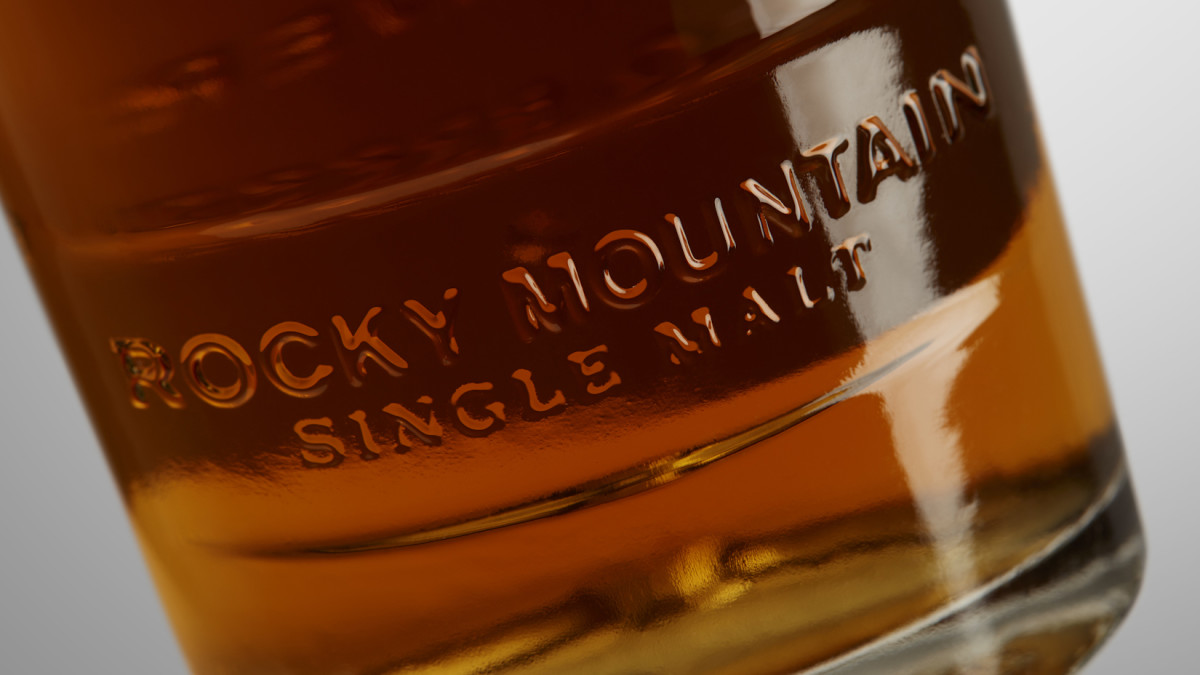
Stranahan’s Rocky Mountain Single Malt Whiskey
No discussion of American spirits would be complete without a nod to American single malt whiskey, a category that has made significant strides in recent years both in defining itself (no corn here, just 100% malted barley) and in producing a growing number of increasingly great whiskeys. Stranahan’s comes to us small batch from Denver, CO, where it’s aged in new charred American oak barrels for a minimum of two years (the final bottlings are typically a blend of whiskeys aging from 2-5 years old). Young whiskey from new barrels means lots of barrel presence—vanilla, baking spice, warm caramel, rich butterscotch, and oven-hot brown sugar—while the 100% malt at its core lends a slight creaminess to the mouthfeel. Pour it next to dessert, or in place of it.
[$50; drizly.com]
from Men's Journal https://ift.tt/2Zu7ksj


0 comments